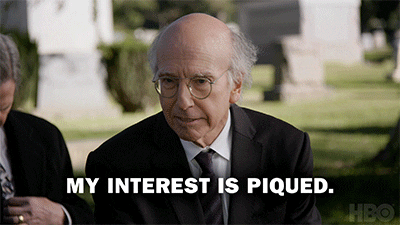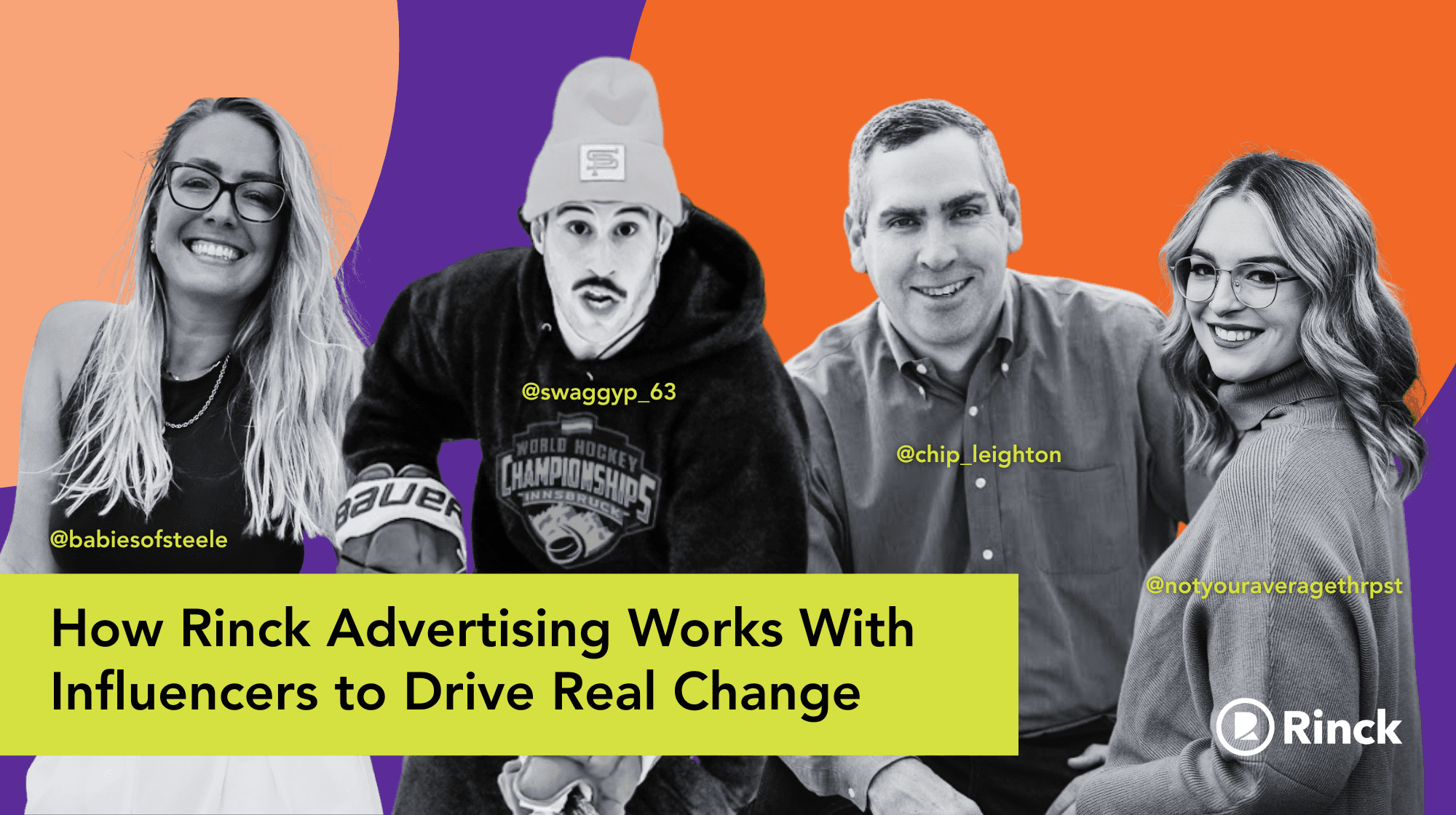Insights & Trends
6 Things PR Professionals Should Never Say to Journalists
February 4, 2022
Public relations professionals spend a lot of time deciding what to write or say to media to make their story pitches and news releases stand out from the crowd, get media coverage, and build stronger relationships with the journalists.
PR professionals can and should have happy, helpful working relationships with editors, reporters, producers, and bloggers, and thoughtful communication plays a big role in creating that bond.
During my 20 years interacting with hundreds of media pros I’ve learned there are some things – typed or spoken – that can come off as demanding, annoying, creepy (thanks, technology), or oblivious to the reality of a journalist’s “daily schedule.”
Keep in mind that our number one job is to help a busy media professional tell a story quickly and efficiently. There are a number of ways to communicate effectively so in lieu of listing them all, I am going to instead share six of the most commonly said things one should never say in writing to or speaking with a journalist.
1. “Why hasn’t my news release been published?”
Well, there could be several reasons, but you’re likely to never get an answer if you ask this way. If you’re looking for coverage in a weekly or monthly newspaper, be patient because your news is probably in line behind a bunch of other news items that will run when space permits.
Some news releases never run because they don’t actually contain news. A release about the weekend specials at a pizza shop isn’t news because every pizza shop has weekend specials. A release not written in the Associated Press style of news writing may also never see print, because media simply don’t have the time to edit an entire release.
If you really want media coverage, strive for something more than a news release being published. Tell the media how your news impacts the public or a specific industry, give them an expert or a local voice to talk about the subject, and provide them with facts, statistics and visuals that will help them tell the story.


2. “I noticed that you opened my e-mail.”
This is just tacky. And creepy. And smells like desperation.
E-mail monitoring software has its benefits, but don’t use e-mail recipient data in a way that hurts your reputation with media. Notification of an opened message is exactly that. It doesn’t mean the message was read. It doesn’t mean the person has interest in coverage. Let things happen naturally and keep the conversation to your story idea and the journalist’s beat. And stop refreshing the sent e-mail monitoring page.
See Also: “I know you haven’t opened my e-mail, but…”
3. “Thanks for your interest.”
There is an appropriate time for this phrase, but not everyone gets the timing right. Preemptively thanking someone for their interest is not what to say at the end of an initial e-mail or voicemail to someone who knows nothing about your news, and may or may not be intrigued once they’ve been informed.
The phrase can be particularly irritating if you don’t have a laser-focused media list and your news about a knife sharpener went to, say, an education reporter. Instead, use a phrase like “Thanks for your consideration” or “Thanks for considering this story idea/information” to acknowledge them for taking the time to read your message.
Wait for the person you are communicating with to actually tell you they are interested in a story idea, or they want more information before you thank them for doing that.


4. Anything in ALL CAPS
Especially in subject lines and headlines. Or, in a follow-up e-mail when you are “helping” someone understand when your client is free to talk, or pointing out the exceptional details about your news.
Lose the caps and try a bulleted list, or share a personal story or anecdote that strengthens your story idea. The sight of words in all caps gives media pros a unanimous desire to hit the DELETE button.
5. “My client is very busy. Can you call them/meet them ASAP?”
If your client isn’t the Pope, the leader of a country, or an A-list celebrity, the question shouldn’t be asked and the answer will be no. Journalists are very busy, too. The making of a story takes two parties and an interview will happen at a time that works for both. Even if a journalist can do an interview quickly, there is always the chance that breaking news may pull them away and you’ll need to reschedule. Let the media pro know you are flexible about interview times and offer more than one option when asked about a time.


6. “Can I review the article/interview before it runs/airs?”
Do you take a test sip of your drive-thru coffee before paying for it?
No, because you trust that your drink was made correctly by someone who knows what they are doing. A healthy PR pro/journalist relationship is built on trust. The PR pro has confidence that they have provided the media pro with the correct and relevant information, and trusts that they will create an article, column, or interview that is factual and fair.
Does this always happen? No. But, it doesn’t give a PR pro the right to fact check the work of every media pro they have contact with. If a reporter or editor offers a look at the story before it runs, take it up, but don’t use it as an opportunity to paint a perfect picture that isn’t being told. Make any corrections to facts and thank them for sharing.
Building and maintaining great working relationships with journalists takes time, effort, and consistency. Keep your focus on their needs, and remember the following:
- Be helpful instead of demanding
- Anticipate the information and details they will want before they ask for it
- Be flexible about interview times and offer more than one option
- Trust that your hard work to help them make a story will reflect back positively on your client or company
The Rinck PR team loves helping clients choose the right words for a story pitch, a major campaign, or a crisis response. Learn more about Rinck’s capabilities here.

Kevin Gove
Senior Public Relations Manager
Related Articles
3 Ways to Get Customers Flocking to Your Food or Beverage Brand
June 12, 2025 | Insights & Trends
Think of a remarkable Super Bowl TV ad. How about a digital ad you recently clicked on? Or, a brand social post you recently reacted to? Chances are one or more of those spots were for a food or beverage brand.
READ MOREHow Rinck Advertising Works With Influencers to Drive Real Change
May 5, 2025 | Insights & Trends
What if your next public health campaign didn’t star a doctor… but instead, a TikTok or Instagram influencer? It may sound risky, maybe even a little absurd, but it’s already happening and it’s working.
READ MOREWinning with Purpose: How to Choose and Prepare for Awards Programs
March 20, 2025 | Insights & Trends
Entering industry awards programs can be a powerful way to showcase your team’s hard work, gain industry recognition, and build credibility. Winning an award can open doors to new business opportunities, boost team morale, and enhance your brand’s reputation. It positions you as a leader in your field, providing validation from industry experts and peers. Additionally, awards can serve as a recruitment tool, attracting top talent who want to work for an organization known for excellence.
READ MOREUS Elections, but Make it Meme
October 29, 2024 | Insights & Trends
The US election cycle has been anything but typical this year, and we’re not even talking about the candidates, the timing, or the policies. Media, including its usage and perceived value, has changed. When it comes to the Presidential campaigns legacy media outlets across TV, print, and online has been deprioritized in favor of podcasts, streaming programs, influencer content, social media, quick-turn videos, and memes. Lots of memes.
READ MORE


